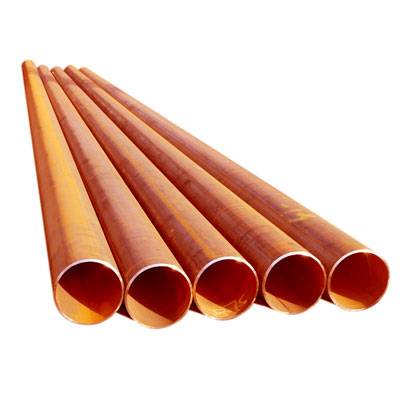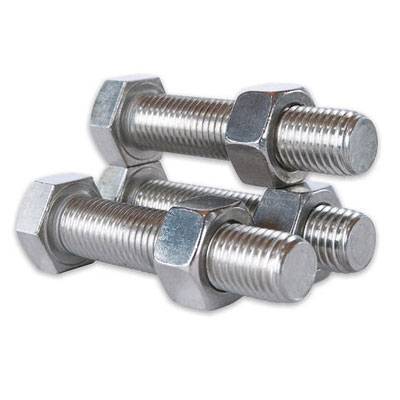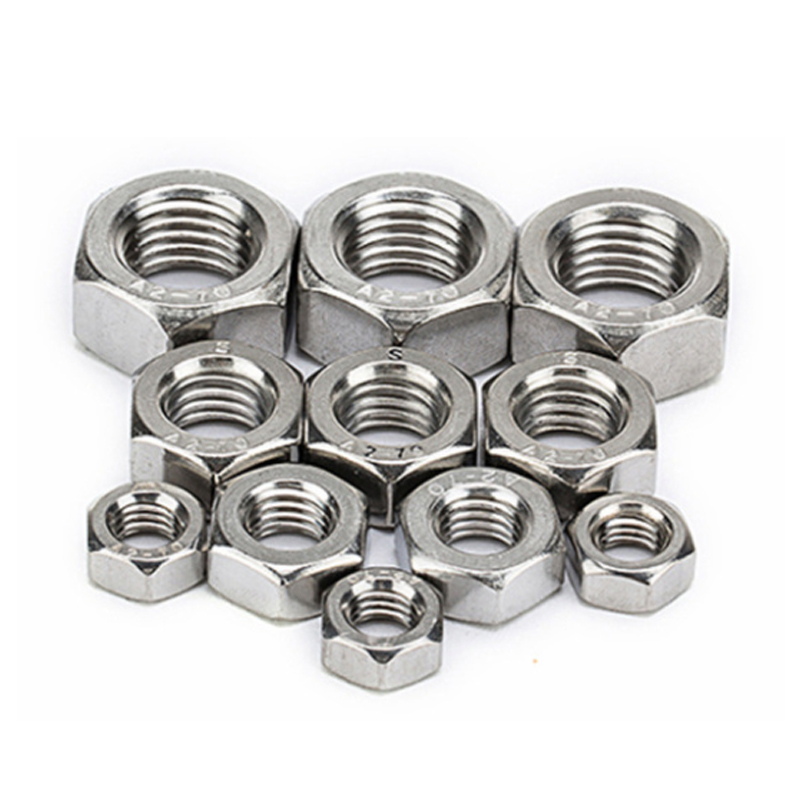Welding is the backbone of modern fabrication, and choosing the right welding consumables is crucial for ensuring structural integrity, durability, and long-term performance. Among the many choices provided in the market, Stainless Steel 304 Welding Rod is one of the consistent and effective ones for many welding applications. As it is renowned for being corrosion-resistant, having very good weldability, and high strength, SS Welding Rods of 304 stainless steel are popularly applied in several industries.
In this blog, we will discuss the advantages of SS 304 welding rods, their applications, characteristics, and various tips for welding with SS 304 Rods.
What is a Stainless Steel 304 Welding Rod?
Stainless Steel 304 Welding Rod is an electrode that is applied in welding stainless steel parts, most importantly those manufactured from grade 304 stainless steel. This rod consists of an austenitic stainless steel alloy with chromium and nickel. These elements give the rod its excellent corrosion resistance and toughness, even at cryogenic temperatures.
SS 304 is one of the most common grades of stainless steel due to its versatility and cost-effectiveness. As such, the welding rod designed for this grade inherits the same properties, making it ideal for a wide variety of fabrication jobs.
Key Benefits of Using SS 304 Welding Rod
1. Excellent Corrosion Resistance
One of the most significant advantages of using SS 304 welding rods is their exceptional corrosion resistance. The presence of chromium (18-20%) in the rod forms a passive layer of chromium oxide on the weld, protecting it from oxidation and rust. This makes it ideal for applications in harsh environments such as chemical processing, marine structures, and food-grade equipment.
2. Superior Weld Quality
SS welding rods provide clean and smooth welds with less spatter and slag. Not only is post-weld cleaning simplified by this, but it also provides a better overall look and structural quality to the weld. The resulting welds are uniform and free from porosity and cracking, even when exposed to high thermal stresses.
3. Good Mechanical Strength
The Stainless Steel 304 Welding Rod has very high tensile strength and toughness. This is ideal for applications that are under high stress, including automotive components, pressure vessels, and pipelines. It is resistant to dynamic loads and pressure fluctuations without failing or deforming, ensuring long-term durability.
4. Ease of Use
Another major benefit is the ease of application. SS welding rods, especially those designed for 304 stainless steel, are user-friendly and work well with both AC and DC power sources. They provide stable arc performance, easy slag removal and are compatible with a variety of welding positions flat, horizontal, vertical, and overhead.
5. Versatility Across Industries
The Stainless Steel 304 Welding Rod is applied in many industries. It finds application within the food and beverage sector for its non-reactive and hygienic properties, guaranteeing safety in processing conditions. The chemical and petrochemical sectors rely on it for its resistance to acids and corrosive chemicals. It provides structural integrity and visually appealing welds in construction and architecture. The automotive and aerospace industries take advantage of its high strength and durability. In the pharmaceutical equipment, manufacturers use it for its capacity to keep clean, sanitary conditions.
6. Cost-Effective Solution
In comparison to other high-performance stainless steel welding rods, the SS 304 welding rod provides an excellent balance of performance and price. It provides quality output without the luxury price of specialty alloys, making it an affordable option for a variety of welding applications.
Tips for Welding with SS 304 Rods
To get the best results when using Stainless Steel 304 Welding Rods, keep the following best practices in mind:
Clean the Base Material: Clean off oil, rust, and other impurities prior to welding to avoid weld defects.
Use Proper Shielding Gas: In TIG and MIG welding, a combination of argon with a trace amount of CO₂ or helium increases arc stability.
Control Heat Input: Too much heat can cause warping or intergranular corrosion. Apply the proper amperage settings according to rod diameter.
Follow Recommended Storage: Keep the rods dry and store them in a moisture-free environment to prevent hydrogen-induced cracking.
Environmental Resistance and Long-Term Performance
Another important advantage of SS 304 welding rods is their performance at extremely high temperatures and low temperatures. The austenitic grain structure offers cryogenic toughness along with resistance against scaling and the ability to stay strong at higher temperatures up to 870°C. This ensures that these rods are ideal for high-temperature piping systems as well as cryogenic vessels.
Conclusion
In the realm of stainless steel fabrication, the Stainless Steel 304 Welding Rod proves to be an important tool. Its combination of corrosion resistance, strength, weldability and cost-effectiveness makes it suitable for everything from industrial applications to artistic metalwork. Whether you’re a seasoned fabricator or a DIY enthusiast, choosing the right SS welding rod ensures your projects stand the test of time.
With multiple types of SS welding rods available, there’s a perfect match for every application. By knowing your needs and choosing the right grade, you can get the best out of both the performance and life of your welded components.





